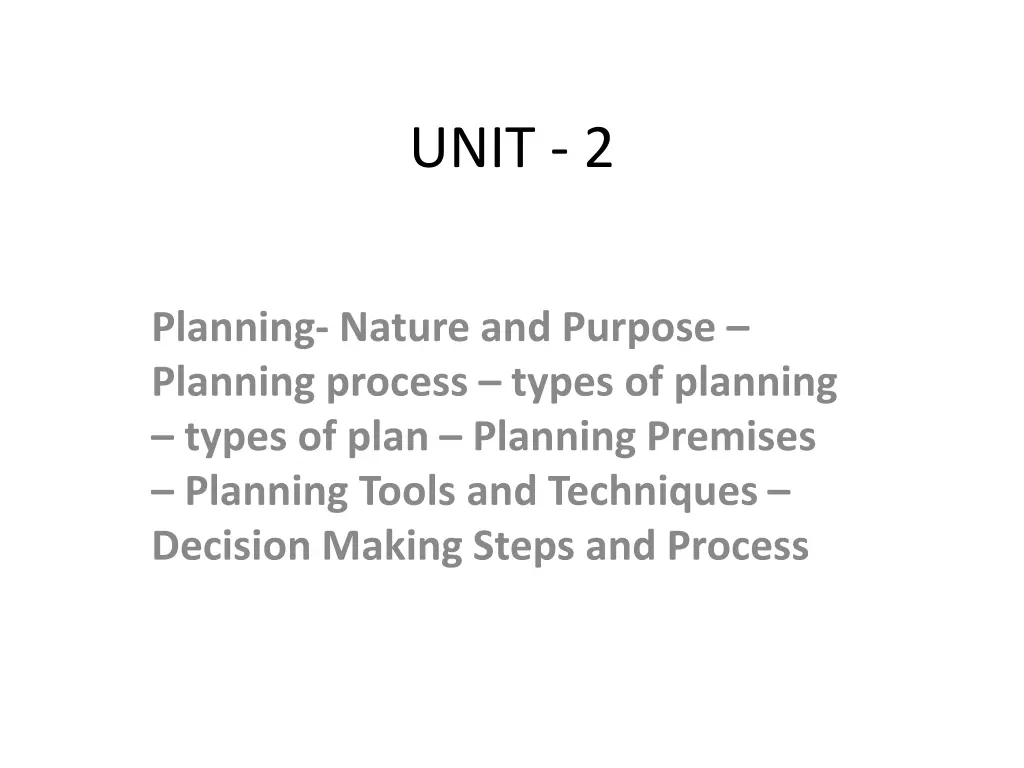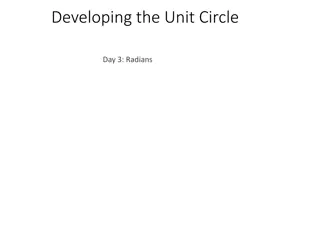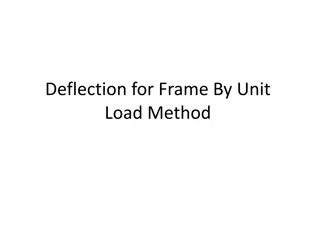
Business Planning: Types, Process, and Importance Explained
Explore the nature, purpose, and process of business planning, including types of plans, steps involved, and the significance of planning in organizational success. Dive into goal-oriented, intellectual, and forward-looking aspects of planning. Discover how planning fosters innovation, guides decision-making, and enhances operational efficiency.
Download Presentation

Please find below an Image/Link to download the presentation.
The content on the website is provided AS IS for your information and personal use only. It may not be sold, licensed, or shared on other websites without obtaining consent from the author. If you encounter any issues during the download, it is possible that the publisher has removed the file from their server.
You are allowed to download the files provided on this website for personal or commercial use, subject to the condition that they are used lawfully. All files are the property of their respective owners.
The content on the website is provided AS IS for your information and personal use only. It may not be sold, licensed, or shared on other websites without obtaining consent from the author.
E N D
Presentation Transcript
UNIT - 2 Planning- Nature and Purpose Planning process types of planning types of plan Planning Premises Planning Tools and Techniques Decision Making Steps and Process
PLANNING It means Deciding in Advance What to do?, How to do?, When to do it?, and Who is to do it? According to Haimann Planning is deciding in advance what is to be done. When a manager plans, he projects a course of action, for the future, attempting to achieve a consistant, co-ordinated structure of operations aimed at he desired results LOUIS A. ALIEN: Management planning involves the development of forecasts, objectives, policies, programmes, procedures, schedules and budgets.
Nature of Planning (7.4-7.5) Planning is Goal- Oriented Planning is a Primary Function Planning is All- Pervasive Planning is an Intellectual or Rational Process Planning is a continuous Process Planning is Forward-looking Planning Involves Choice Planning is an Integrated Process Planning is Directed Towards Efficiency
IMPORTANCE / PURPOSE OF PLANNING Focuses Attention on Objectives and Results Reduces Uncertainty and Risk Provides Sense of Direction Encourages Innovation and Creativity Helps in Coordination Guides Decision-Making Provides a basis of Decentralisation Provides Efficiency in Operations Facilitates Control
PLANNING PROCESS / STEPS IN PLANNING PROCESS Develop Planning premises Determine Objectives Choose Policies Formulate Strategies Integrate Different Plans Develop Derivative Plans Review and Revise Plans Implement Plans
Step 1 : Identify Goals Step 2 : Develop Planning Premises Step 3 : Determine Alternate Course of Action Step 4 : Evaluate the Alternatives Step 5 : Select a Course of Action Step 6 : Formulate Derivative Plans
TYPES OF PLANNING Group or Sectional Planning CORPORATE PLANNING DIVISIONAL OR FUNCTIONAL PLANNING GROUP OR SECTIONAL PLANNING
Types of planning (cont) Departmental or Divisional Planning Corporate Planning Long-range Strategic Planning (LRP) Medium-term or Intermediate Planning Short-term Operational Planning
Limitations / Problems of planning Lack of accurate Information Time and Cost Inflexibility Resistance to change Lack of Ability to Plans False Sense Security Environmental Constraints
TYPES OF PLAN PLANS 1.Multi use Plans 2. Single use Plans Objectives i. Programs Strategies ii. Budgets Policies iii. Schedules Procedures iv. Projects Rules v. Methods
I.Objectives Mission Goal Targets Standard Quota Deadline
Obj Characterstics Multiple Objectives Time Span Hierarchy Tangible or Intangible Short run or Long run
Importance (obj) Legitimacy Direction Unified Planning Individual Motivation Coordination Performance Control
II.Strategies EVALUTION/ ESSENTIALS OF A GOOD STRATEGY Internal Consistency Consistency with Environment Appropriate Time Horizon Realistic Acceptable Degree of Risk Feasibility Social Sanction
Need and Importance of Strategies Helps in Facing Environmental Challenges Provides Direction Optimum Utilisation of Resources Facilitates Coordination and Control Competitive Strength
Steps in Strategy Formulation 1. Mission and Objectives 2. Environmental Analysis 3. Self- Appraisal 4. Strategic Decision-making 5. Strategy Implementation and Control
Types of Strategies Stability Strategy Growth Strategy Retrenchment Strategy Combination Strategy Competitive Strategy Grand or Master Strategy
III. POLICIES FUNCTIONS Operationalize Objectives Save time And Effort Facilitate Delegation of Authority Speed up Decision-making Administrative Control
Limitations of Policies Production Marketing Finance Accounting Personnel
Types of Policies Originated Policy Appealed Policy Imposed Policy Written and Implied Policies
Factors Influencing Policy making Value and Beliefs Goals Availability of finance Technology Reactions of employees Policies of Competitions Government Regulations
Factors Influencing Policy making (cont) General business environment Level of prices Public attitudes and behaviour
STEPS IN POLICY FORMULATION Definition of policy area Identification of policy alternatives Evaluation of alternatives Choice of policy Communication of policy Policy Application Policy review and Appraisal
Procedures Importance Limitations Charactrestics
Rules Methods Tactics Budgets Projects
Programmes Features Steps Division of work Sequence between steps Fixing Responsibility Arranging Resources Time Scheduling SCHEDUELS
PLANNING TOOLS AND TECHNIQUES Historical Analogy Method Survey Method Opinion Poll Business Barometers Time serious Analysis Extrapolation Regression Analysis Input- Output Analysis Econometric Methods Bench Marking
PLANNING TOOLS AND TECHNIQUES (cont..) Scenarios Preparation of Background Selection of Critical Indicators Establishing Past Behaviour of Indicators Verification of Potential Future Events Forecasting the Indicators Writing of Scenarios
DECISION MAKING According to Haynes and Massie, Decision- making is a process of selection from a set of alternative courses of action which is thought to fulfil the objective of the decision problem more satisfactorily than others According to George R. Terry : Decision- making is the selection based on some criteria from two or more possible alternatives .
DECISION MAKING STEPS AND PROCESS Identifying managerial problems Diagnosing the problem Collect and analyse the relevant information Discovery of alternative course of action Analysing the alternatives Screening of Alternatives
DECISION MAKING STEPS AND PROCESS (cont _ Selection of best alternative Experience Experimentation Research and analysis Conversion of decision into action Implementation Verifying the decision
PRINCIPLES OF DECISION- MAKING Marginal theory of decision- making Mathematical theory Psychological theory Principle of alternatives Principle of limiting factors Principle of pariticipation
CHARACTERSTICS / EFFECTIVE OF GOOD DECISION Action Orientation Goal direction Efficiency in implementation
PROBLEMS OF DECISION - MAKING Accuracy Environment for decision Timely decision Communication of decision Participative decision- making Implemantation
TYPES OF DECISIONS Programmed decisions Non Programmed decision Major decision Minor decision Operative decision Organizational decision Personal decision Individual decision
TYPES OF DECISIONS (cont ) Group decision Departmental decision Non Economic decision Crisis decision Research decision Problem decision Opportunity decision Certainty decision Uncertainty decision
Personal Phase of Decision- Making Intelligence Education Experience Courage Motivation Forecasting Ability Self - Confidence






















